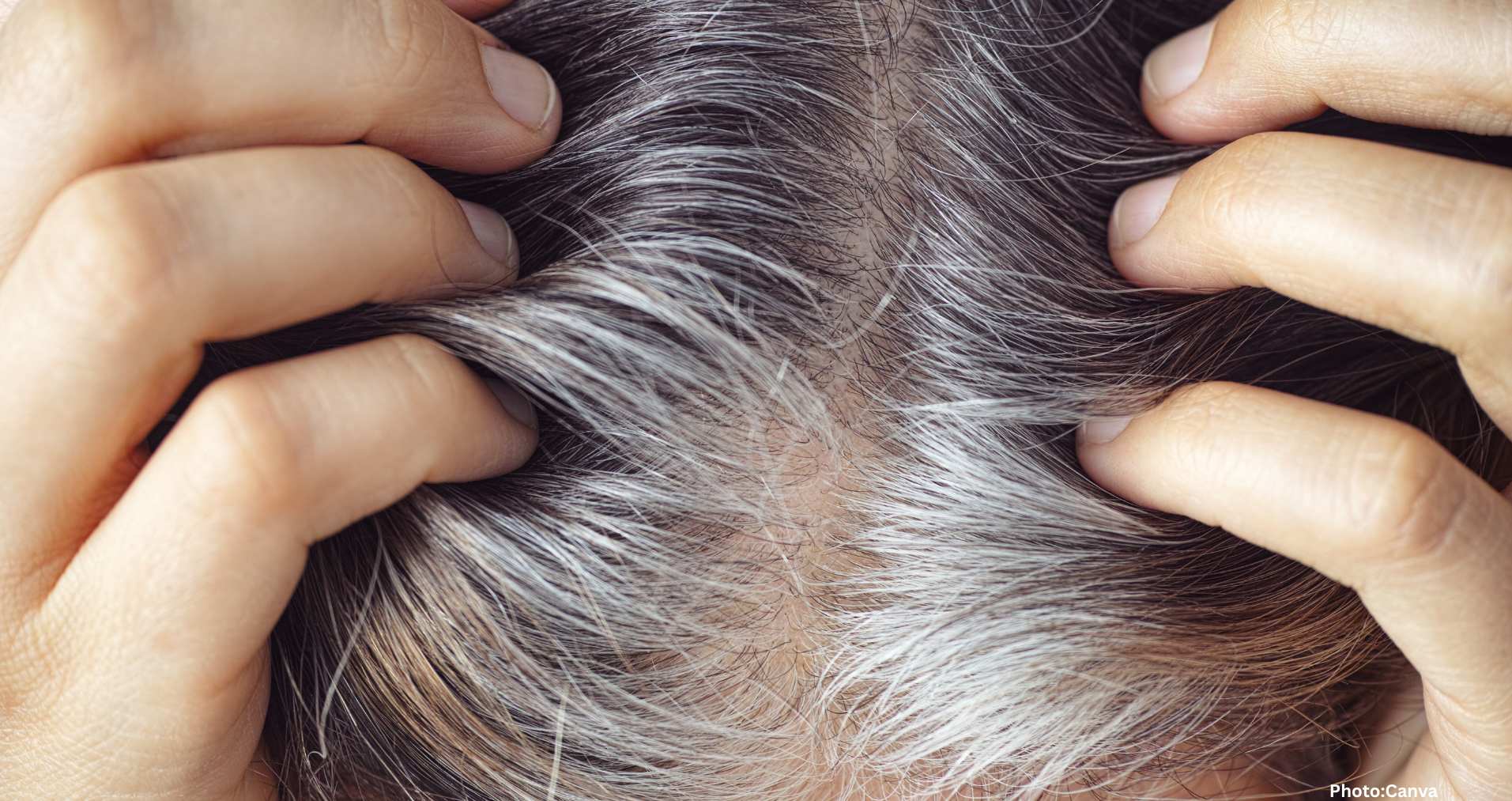Scientists have uncovered a link between gray hair and melanoma, revealing how stem cells respond to DNA damage in ways that can either lead to aging or cancer.
Researchers at Tokyo Medical and Dental University have made a significant discovery regarding the connection between gray hair and melanoma, one of the deadliest forms of skin cancer. Led by Dr. Emi K. Nishimura, the study highlights how pigment-producing stem cells in hair follicles react to stress in contrasting ways, depending on their environment.
The findings, published on October 6 in the journal Nature Cell Biology, shed light on a common question: why does hair turn gray? The researchers focused on melanocyte stem cells, which are responsible for the color of hair and skin. Through experiments using mouse models and tissue samples, they exposed these cells to various forms of stress that can damage DNA, such as chemicals that simulate UV exposure.
In their observations, the scientists noted that some of the melanocyte stem cells responded to DNA damage by halting their normal self-renewal process and maturing into pigment cells that eventually died. This process resulted in the loss of color in hair, leading to graying. Conversely, when the surrounding tissue was altered to promote cell survival, the damaged stem cells began to divide again instead of shutting down. This survival came at a cost, as the accumulating genetic damage in these cells sometimes caused them to behave like cancer cells.
Further experiments revealed that specific signals from the cells’ environment, including a molecule known as KIT ligand that promotes cell growth, played a crucial role in determining the fate of these stem cells. The research indicates that the same type of cell can either fade harmlessly, resulting in gray hair, or become the precursor to melanoma, depending on the cues it receives from nearby tissue.
“It reframes hair graying and melanoma not as unrelated events, but as divergent outcomes of stem cell stress responses,” Dr. Nishimura explained in a press release. The team described this phenomenon as a biological trade-off between aging and cancer. However, they emphasized that gray hair does not prevent cancer. Instead, the process of pigment cells ceasing to divide and dying off represents the body’s mechanism for eliminating damaged cells. If this process fails and the damaged cells persist, they could potentially develop into cancer.
Although the study was conducted in mice, its implications could provide valuable insights into why some individuals develop melanoma without any apparent warning signs. It also suggests that the natural aging mechanisms may offer some level of protection against cancer.
For now, the researchers highlight the delicate balance of the body’s cellular responses and how minor changes in this balance can lead to either a benign sign of aging or a serious health threat.
Source: Original article

